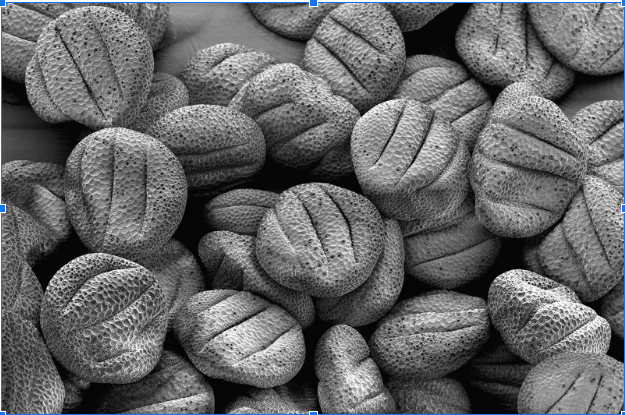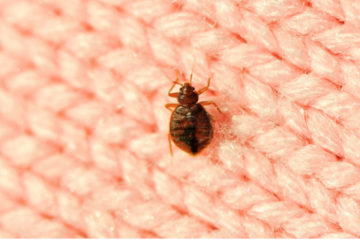seepage, dampness, home inspection, home inspector, home inspection tools, home inspection services, home inspection blog, home inspection bangalore, home inspection chennai, home inspector bangalore, home inspector chennai, house inspection, house inspector, house inspection tools, house inspection services, house inspection blog, house inspection bangalore, house inspection chennai, house inspector bangalore, house inspector chennai, flat inspection, apartment inspection, pre occupation inspection, third party inspection, home inspection charges, house inspection charges, homeinspektor, home inspection india, house inspection india, flat inspection india, apartment inspection india.

